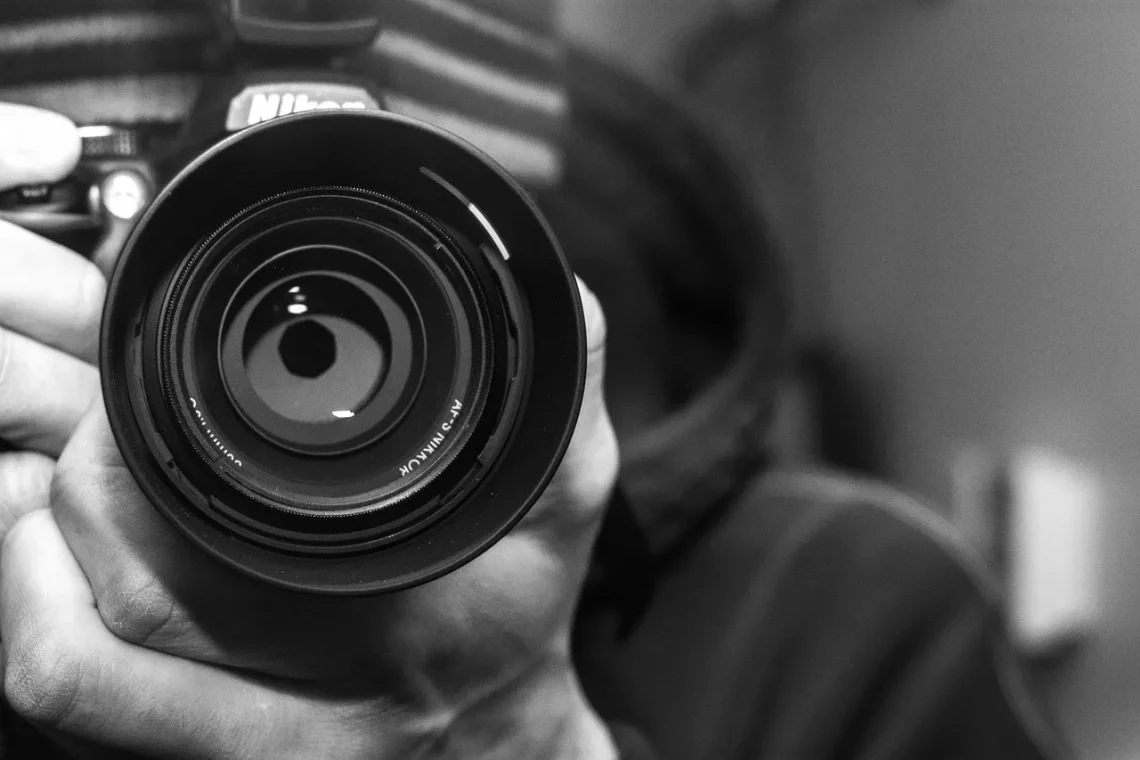
The Rise of Selfie Dictation in Modern Communication
In an age where technology continuously reshapes our daily interactions, the way we communicate is evolving at an unprecedented pace. One of the most fascinating developments in modern communication is the rise of self-expression through visual mediums, particularly the selfie. The act of taking a selfie has transcended mere photography; it has become a new language of its own. This phenomenon represents more than just a trend; it embodies a cultural shift towards self-representation and immediacy in communication.
The selfie serves as a personal touchpoint in a world increasingly dominated by digital interactions. It allows people to share snippets of their lives in real-time, creating a sense of connection that text-based messages often lack. This visual narrative can convey emotions, experiences, and contexts that words sometimes struggle to articulate. As social media platforms continue to thrive, the selfie has become a staple in our digital dialogues, influencing not only personal relationships but also marketing strategies, branding, and even journalism.
Moreover, as the lines between personal and professional communication blur, the selfie has found its place in a variety of settings, from casual conversations to formal presentations. This evolution raises intriguing questions about authenticity, privacy, and the implications of visual self-representation in our increasingly connected world. As we delve deeper into the implications of selfie dictation, we can better understand how this trend is shaping our communication landscape.
The Impact of Selfies on Social Media Communication
The integration of selfies into social media has revolutionized how we interact online. Platforms like Instagram, Snapchat, and TikTok thrive on visual content, and selfies are at the forefront of this movement. They provide users with a means to express their identity, moods, and experiences, often leading to higher engagement rates compared to traditional text posts.
When individuals share selfies, they invite their friends and followers into their personal worlds, fostering a sense of intimacy and connection. This ability to share a moment visually creates a stronger emotional response than words alone can evoke. Consequently, brands and influencers have capitalized on this trend, using selfies to create relatable content that resonates with their audiences.
Moreover, the phenomenon of selfie culture has given rise to various subcultures and trends within the social media landscape. From beauty filters to curated feeds, individuals often engage in a form of self-branding that influences perceptions of self-worth and identity. This can lead to both positive and negative outcomes, as users navigate the complexities of self-image in a digital realm where comparisons are rampant.
The impact of selfies on social media communication extends beyond personal interactions; it has transformed marketing strategies as well. Brands frequently collaborate with influencers who utilize selfies to showcase products authentically. This shift towards visual storytelling is a response to consumer demand for transparency and relatability, making the selfie an integral tool in modern marketing.
Selfies as a Medium of Self-Expression
Selfies serve as powerful tools for self-expression, allowing individuals to curate their identities in a visually engaging manner. Through selfies, people can explore and present different facets of themselves, from their personal style to their emotional states. This form of self-expression is particularly significant in a society that often emphasizes individuality and uniqueness.
The act of taking a selfie can be therapeutic, offering a sense of empowerment and control over one’s image. Many individuals report feeling more confident when they share their selfies, as it allows them to showcase their authenticity in a world that often promotes perfectionism. This empowerment is particularly profound among marginalized communities, where representation in media is crucial for validation and acceptance.
However, the rise of selfie culture also raises important questions about authenticity and the pressure to present an idealized version of oneself. The pervasive use of filters and editing tools can create unrealistic standards, leading to issues related to self-esteem and body image. As individuals navigate their self-expressions through selfies, they must also grapple with the implications of how their images are perceived by others.
Despite these challenges, selfies remain a vital means of self-expression. They encourage creativity and individuality, allowing users to experiment with their identities in a safe and controlled environment. The dialogue surrounding selfies continues to evolve, reflecting broader societal changes in how we perceive beauty, identity, and self-worth.
The Evolution of Communication with Selfies
The evolution of communication has been dramatically influenced by the advent of the selfie. In an era where speed and efficiency are paramount, selfies provide an instant way to communicate emotions and experiences. Unlike traditional forms of communication that can be lengthy and complex, a single image can convey a myriad of messages in a split second.
This immediacy has significant implications for how we interpret social cues and engage in conversations. Selfies can serve as visual shorthand, encapsulating feelings that might take paragraphs to describe. This shift towards visual communication also aligns with the growing preference for multimedia content over text, particularly among younger generations who have grown up in a digital landscape.
As selfies become a mainstream form of communication, they also challenge traditional norms surrounding privacy and self-representation. The desire to share personal moments can lead to oversharing, raising concerns about boundary-setting in both personal and professional contexts. Individuals must navigate the fine line between sharing their lives and protecting their privacy, making informed decisions about what to disclose.
The evolution of communication through selfies is a testament to the adaptability of human interaction in the digital age. As technology continues to advance, it will be fascinating to see how selfies and other forms of visual communication further shape our connections with one another.
Challenges and Considerations in the Age of Selfies
As selfies become increasingly prevalent in communication, several challenges and considerations arise. One of the most significant issues is the impact on mental health and self-esteem. The constant exposure to curated images can lead to unhealthy comparisons, where individuals feel pressured to conform to unrealistic beauty standards. This phenomenon can exacerbate feelings of inadequacy and anxiety, particularly among adolescents and young adults.
Another challenge is the question of privacy. In an age where sharing personal moments online is commonplace, individuals must be aware of the potential risks associated with oversharing. The digital footprint left by selfies can have long-lasting implications, affecting personal relationships and professional opportunities. It is essential for users to consider the potential consequences of their shared images and to establish boundaries that protect their privacy.
Additionally, the authenticity of selfies can be called into question. With the rise of editing apps and filters, distinguishing between genuine self-representation and curated images becomes increasingly difficult. This blurring of lines can contribute to a culture of deception, where individuals feel compelled to present an idealized version of themselves instead of embracing their true selves.
To navigate these challenges, it is crucial for individuals to cultivate a healthy relationship with their digital identities. This involves recognizing the difference between online personas and real-life experiences, as well as understanding the impact that social media can have on mental well-being. By fostering a culture of authenticity and self-acceptance, individuals can enjoy the benefits of selfie culture while mitigating its potential drawbacks.
In conclusion, the rise of selfie dictation in modern communication reflects a profound cultural shift towards visual storytelling and self-expression. As we continue to navigate this evolving landscape, it is essential to remain mindful of the challenges and opportunities that come with it. Embracing authenticity and promoting healthy self-representation can lead to a more positive and enriching experience in the world of selfies and beyond.




